Want to know what computer specs your Windows computer has? Are you curious about why 2 of your new operating systems is running slow? What type of video card will suit your needs the best? This tutorial explains the best way to see computer specs in Windows and where you can find them.
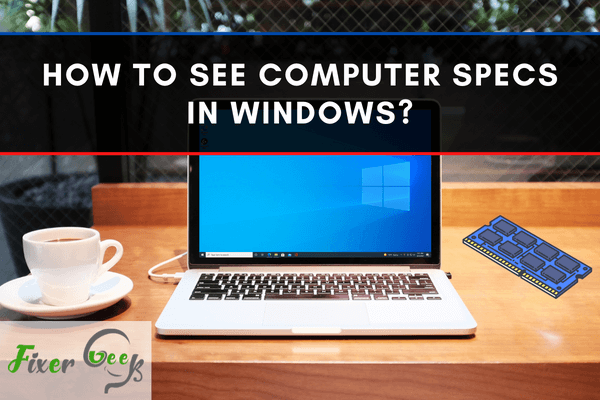
Are you a techie person or just a casual user looking to invest in the best computer unit affordable? Either way, one habit you’ll surely develop is checking a computer’s specifications. For any Windows version, the steps for viewing a computer’s specs are pretty much the same.
Benefits of Knowing the Computer Specs
There can be benefits for developing a habit of reading and understanding the specifications of the computer. One of them is for comparative purposes where you can pinpoint a specific brand, design, or version and remember its performance. Upon the next purchase, the information you’ve obtained will serve as the reference.
Another benefit is to know whether a certain component is still functional in the computer. You can perform troubleshooting procedures and even search online for specific repair methods using the information you have.
How to See Computer Specs
Viewing Basic Computer Specs
- Option 1: You can view basic computer specs by accessing the Properties section of your computer. To do this, right-click on the My Computer icon, then choose “Properties”. A window will appear displaying the specifications of the processor and RAM and also including the operating system’s general details.
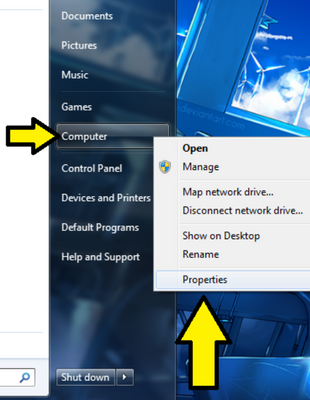

- Option 2: You can view basic computer specs by accessing the “System” window through the “Control Panel”. Locate the Control Panel on the computer, then select “System and Security” then choose “System”. The window that will appear is the same one accessed via option 1.

- On this window, if you want to access more information on the hardware specifications, you can click on the “Device Manager” found on the left side.
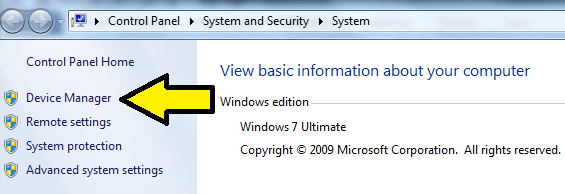
- A window will pop out, listing all hardware installed and functioning on the computer. You can view each property of the device by clicking individually.
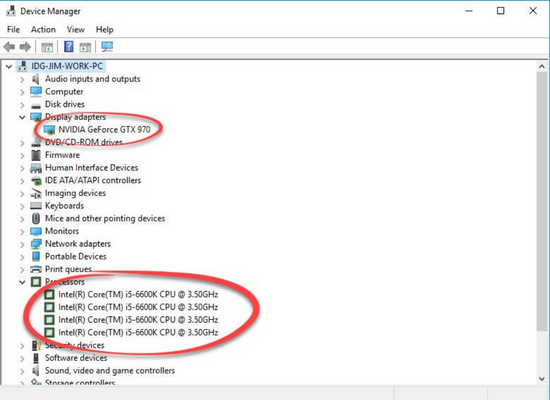
Viewing Detail Computer Specs through System Information
- Click on “Start” on the taskbar.
- Search for “System Information” and click on the exact match in the results.
- A window will appear showing most details you need to know. Under the “System Summary”, there are 3 subheadings: Hardware Resources, Components, and Software Environment.
- For viewing specifications of the graphics card, click on the plus sign (expand button) beside “Components” then click on “Display”. The individual information will be viewed on the right side of the window.
- You can explore other information stored if it will be useful to you.
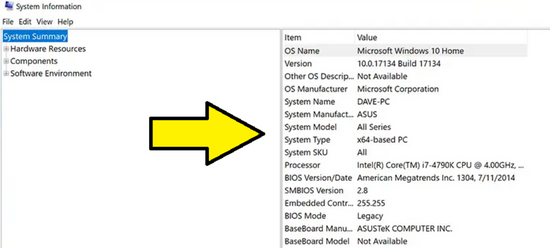
Viewing Detail Computer Specs through Command Prompt Input
- Click on “Start” on the taskbar.
- Search for “Command Prompt” and right-click on the exact match in the results.
- Select the option “Run as administrator”.
- Type on the prompt “systeminfo” and press “Enter”.
- A list will be displayed containing most of the details of your computer specifications.
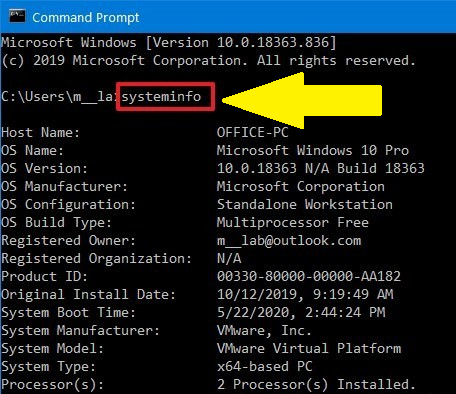
Viewing Detail Computer Specs through DxDiag.exe
- Click on “Start” on the taskbar.
- Search for “dxdiag” and click on the exact match in the results.
- Your computer specifications will be displayed. However, the said tool is more on diagnosing or troubleshooting purposes instead of viewing specifications only. So, caution must be exercised if there is no need for any troubleshooting procedures.

Summary: Computer Specs in Windows
- Click “Start” and then click “Control Panel”.
- Click the “System & Security” option.
- Click the “System” link.
- Click the “Advanced System Settings” link.
- View your computer's specific operating system details and other important information, such as your processor type, installed memory, and Windows edition.
- Check your PC's processor speed by pointing at “Processor” which is under the “Device Specifications” heading in the middle of the window.
Conclusion
Viewing a computer’s specifications is helpful for enriching your technical knowledge. The more you know and the more you understand the information presented, the better your upgrading and repair decisions will be.